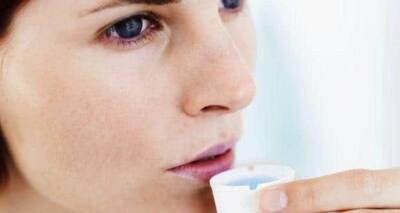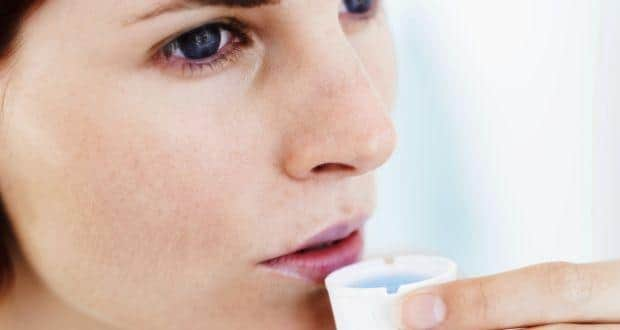Don’t Miss Out on the Latest Updates.
Subscribe to Our Newsletter Today!
How mouthwash can help fight germs in your mouth

Rinsing with mouthwash helps dislodge and get rid of food particles from the mouth. Learn more about them.
 Do you know that our mouth may be harbouring anywhere between 10 to 50 billion bacteriaon our teeth,gums, tongue and the inner lining of the cheeks and lips? A single tooth can harbour between 100 million and 1 billion bacteria. And even if you are an oral hygiene freak you could be harbouring around 1,000 to 100,000 bacteria on each tooth surface!
Do you know that our mouth may be harbouring anywhere between 10 to 50 billion bacteriaon our teeth,gums, tongue and the inner lining of the cheeks and lips? A single tooth can harbour between 100 million and 1 billion bacteria. And even if you are an oral hygiene freak you could be harbouring around 1,000 to 100,000 bacteria on each tooth surface!
A few minutes after brushing, a very thin layer made up of saliva, proteins, and bacteria (also called the pellicle) is formed on the tooth surface which acts as a base for bacterial attachment and growth. Within a few hours dental plaque (pale yellow or white sticky substance) is formed by the accumulation of various species of bacteria along with sugar from the food we eat. The acids and toxins produced by the bacteria in the plaque irritate your gums and cause gingivitis. They are also responsible for bad breath and destruction of the tooth enamel.
Brushing helps clean the surface of the teeth and flossing helps remove food and bacteria present in the spaces between your teeth. But at times your oral health needs may warrant the use of mouthwash which can reach not only all the surfaces and tiny crevices of your teeth and between them but also your gums, tongue and the inner lining of the cheeks and lips.
Also Read
Rinsing with mouthwash helps dislodge and get rid of food particles from the mouth. The active ingredients in mouthwash can rapidly penetrate the pellicle and help curb the bacteria level in your mouth. The alcohol penetrates the cell walls of bacteria and renders them inactive or kills them. Chlorhexidinehas an immediate bacteria-destroying action and a prolonged bacterial growth inhibiting action due to. Alcohol-free mouthwashes usually contain cetylpyridinium chloride which dissolves the bacterial cell membrane. Essential oils are also known to kill millions of germs. (Read: 10 common queries on oral hygiene answered)
It could be cosmetic or therapeutic
Mouthwash can be either cosmetic, therapeutic or a combination of both. Cosmetic mouthwash may be used before or after brushing to help dislodge food particles in the mouth and between the teeth. It can also temporarily freshen up the mouth and improve breath.Basic ingredients may include water, alcohol, astringents, sweeteners colouring agents and preservatives.
Therapeutic mouthwash contains additional ingredients such as chlorhexidine, cetylpyridinium and essential oils (phenol, eugenol, etc.) which help reduce plaque, gum inflammation, cavities and bad breath. Fluoride containing mouthwash helps prevent or halt progress of tooth decay. (Read: 9 ways to lose bad breath naturally)
It isn't a replacement for other oral hygiene aids
Mouthwash can be an add-on to your oral care regimen to help improve the overall mouth hygiene. It is not a replacement for brushing or flossing. After brushing and flossing, gargle with around 20ml of mouthwash for at least 30 seconds and spit it out. Avoid eating or drinking for 30 minutes after you use it. (Read: Why you need mouthwash)
For more articles on oral health check out our Oral Health section and for videos check out our YouTube Channel. Don't miss out on the latest updates. Follow us on Facebook, Twitter and Google Plus.


